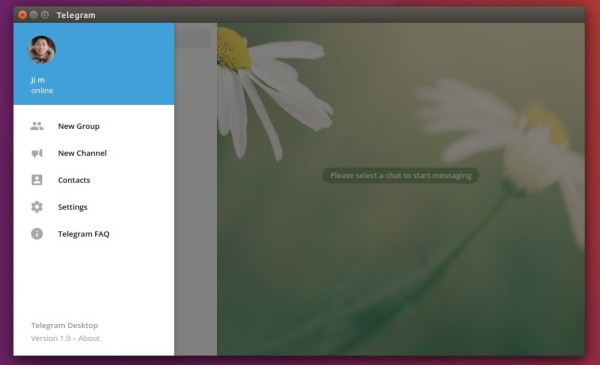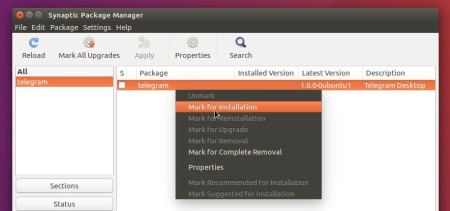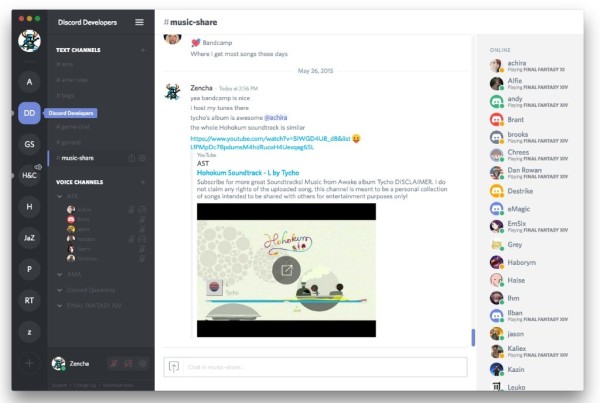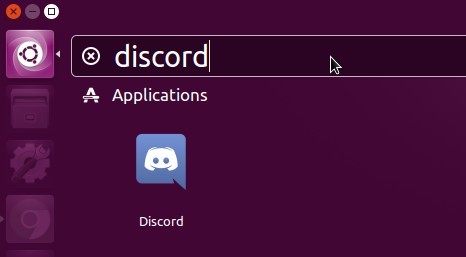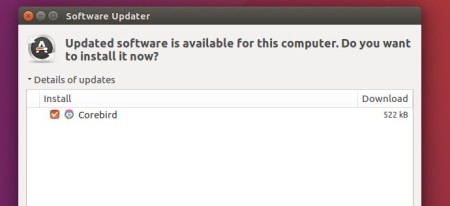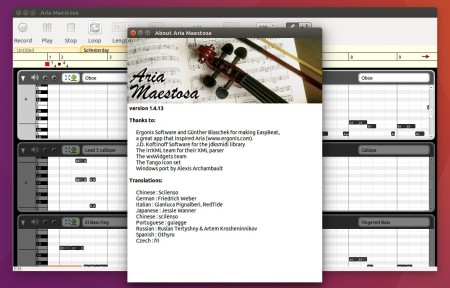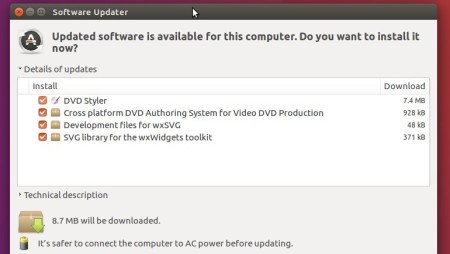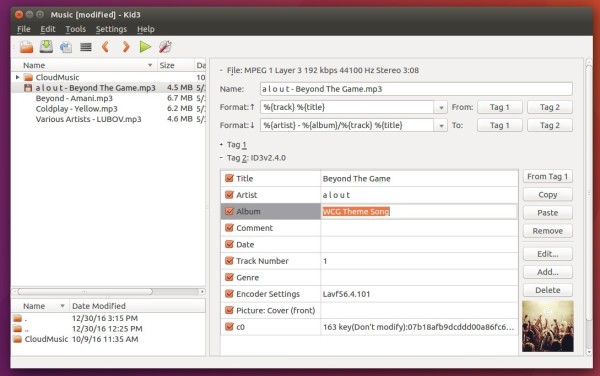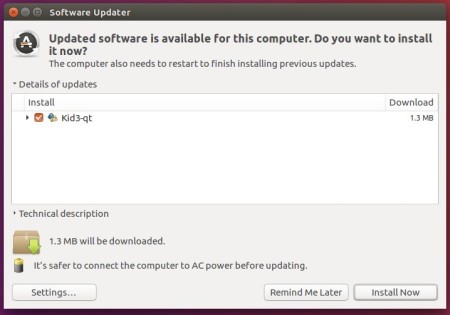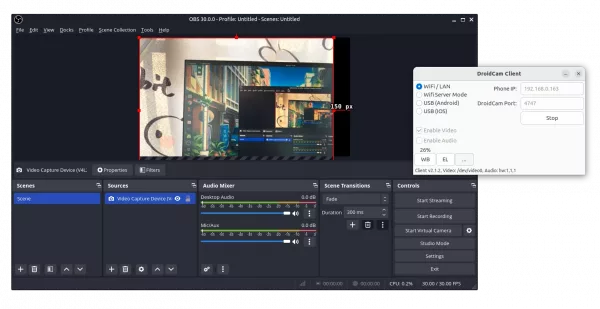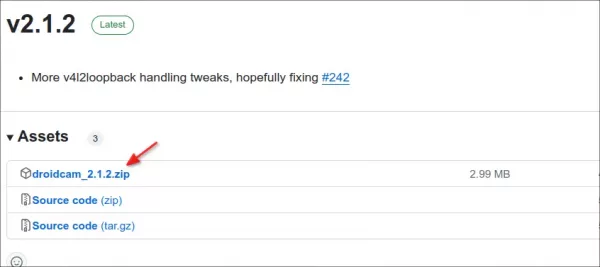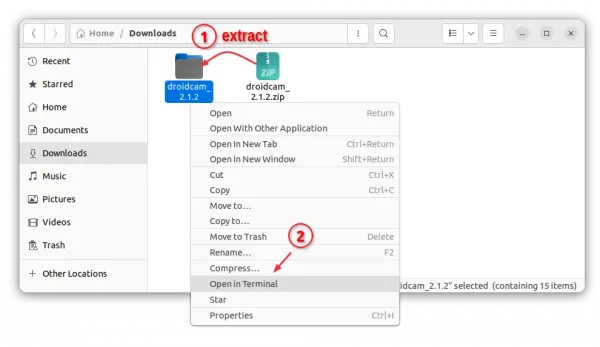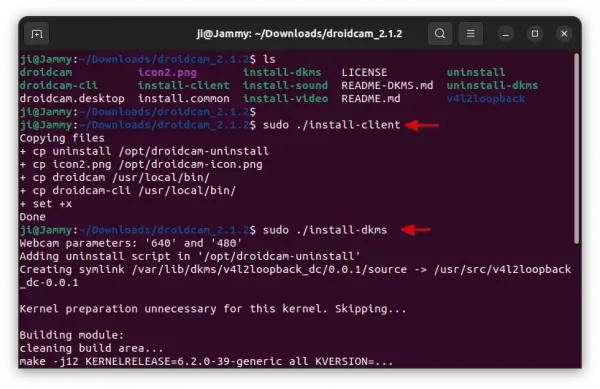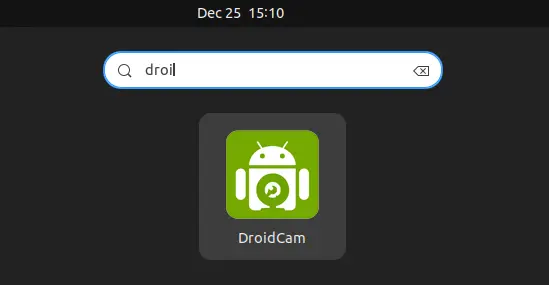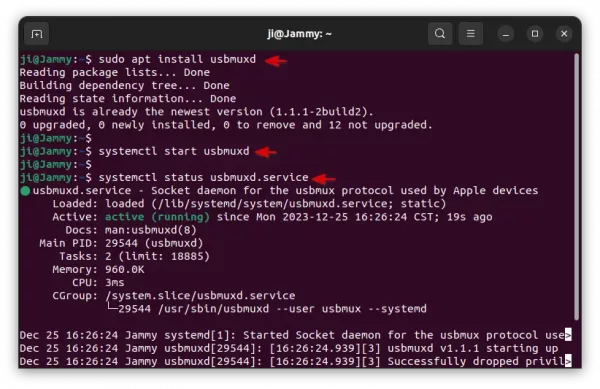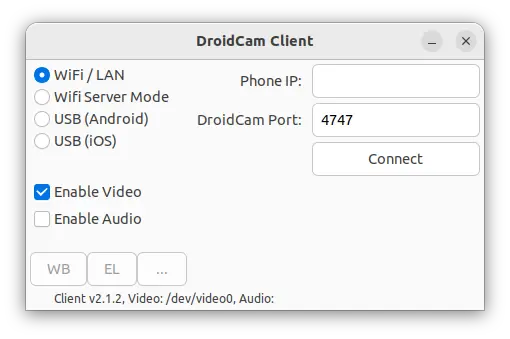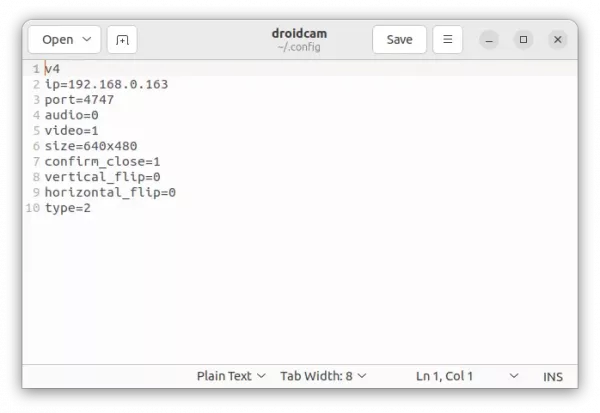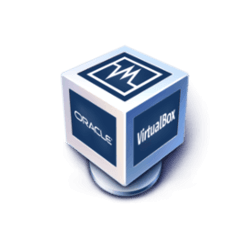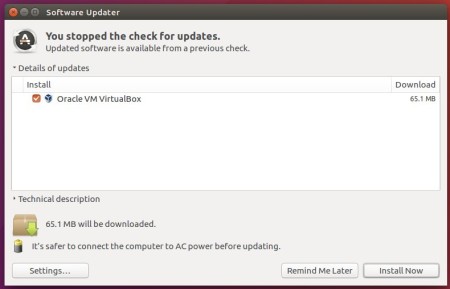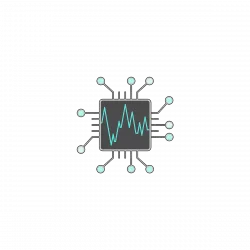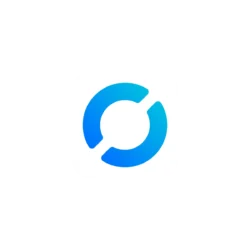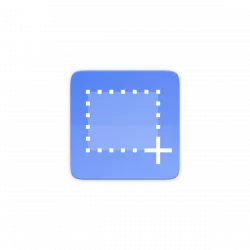The Telegram Desktop App finally reached the 1.0 release! Here’s how to install it via PPA or Snap in Ubuntu 16.10, Ubuntu 16.04, Ubuntu 14.04, Linux Mint 17/18 and derivatives.
The popular instant messaging app, Telegram 1.0 for desktop, was released a few days ago with a fabulous new design. It features:
- Consistent material design
- Smooth animations
- Support for custom themes
- Auto sync messages from phone with computer using Telegram’s encrypted cloud.
- Ability to start typing on phone, then continue on computer.
Install Telegram Desktop App via Snap in Ubuntu:
sudo apt install snapd
2. The snap build of Telegram Desktop so far misses system tray icon for Ubuntu Unity.
To install the Telegram snap package in Ubuntu 16.04 and higher, simply open terminal (Ctrl+Alt+T) and run command:
sudo snap install telegram-sergiusens
Type in password (no visual feedback) and hit Enter. It will automatically download the snap package and install it in your system.
Uninstall Telegram (Snap):
To uninstall it, simply run the snap command with remove option:
sudo snap remove telegram-sergiusens
Install Telegram Desktop via PPA in Ubuntu:
For all current Ubuntu releases, including Ubuntu 12.04, Ubuntu 14.04, Ubuntu 16.04, Ubuntu 16.10, and derivatives, e.g., Linux Mint and Elementary OS, Telegram is also available as .deb package in an unofficial PPA.
1. Open terminal (Ctrl+Alt+T) and run command to add the PPA:
sudo add-apt-repository ppa:atareao/telegram
Type in password (no visual feedback) and hit Enter.
2. Then search for and install the app via Synaptic Package Manager:
or just run the commands below one by one:
sudo apt update sudo apt install telegram
Uninstall:
To uninstall it, simply run apt command with remove option:
sudo apt remove telegram && sudo apt autoremove
And the PPA can be removed by launching Software & Updates and navigating the Other Software tab.



